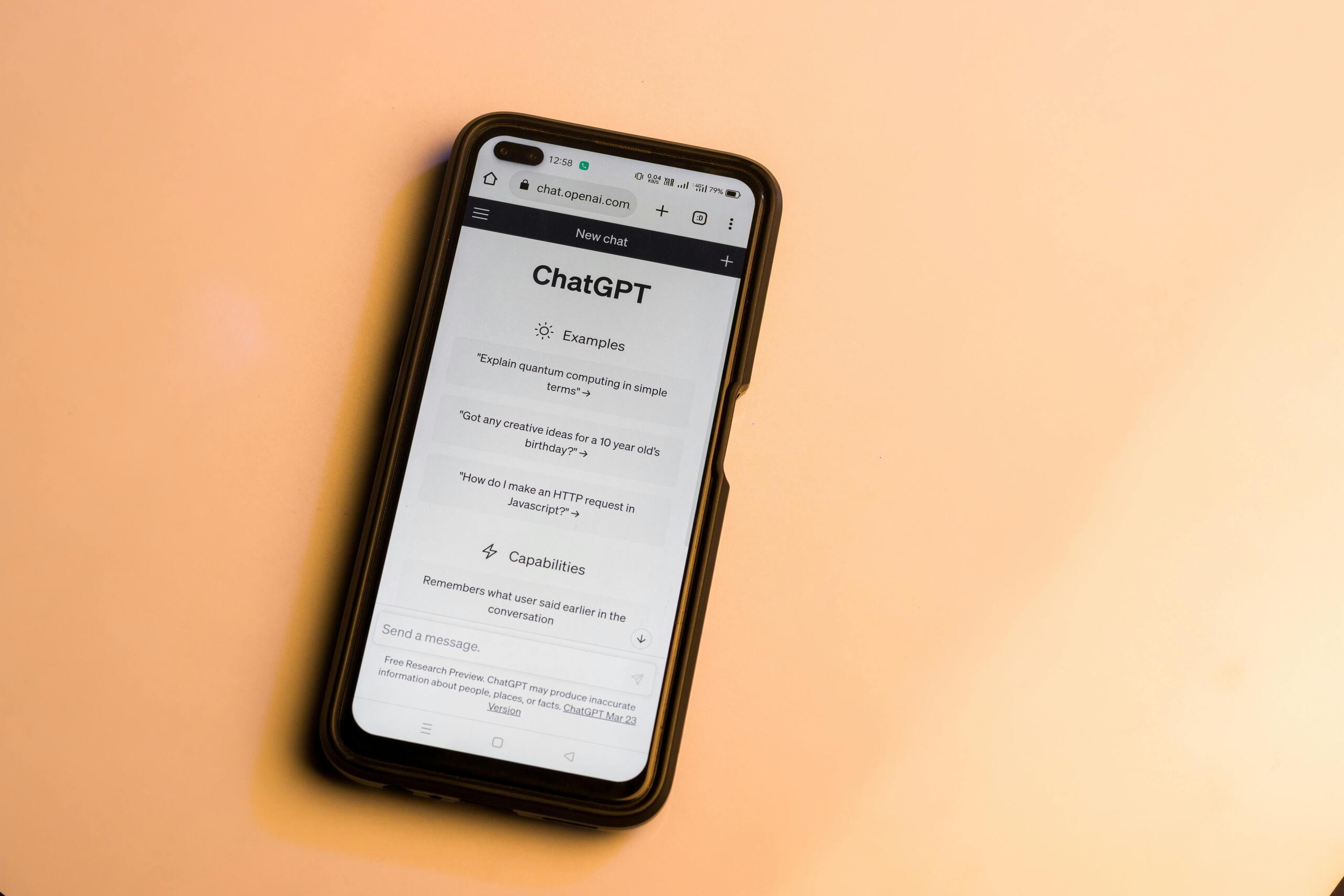Art imitates life and life imitates art. It’s a cycle that has an endless influence on society. After the Netflix show The Queen’s Gambit aired, “sales of chess sets and accessories shot up by nearly 215%”, while ITV’s portrayal of the Post Office Scandal amplified public awareness of the injustice and brought attention to the ongoing inquiry.
But in the sphere of AI, OpenAI’s latest GPT4-o model definitely swings in favour of Oscar Wilde’s declaration that “life imitates art far more”. Scarlett Johansson’s anger and “disbelief” at the chatbot’s “eerily similar” voice to her own – based on her role in the film Her – has allowed fears over AI mimicking creatives to bubble to the surface again.
Despite OpenAI’s assertion that the voice wasn’t meant to be an imitation, company founder Sam Altman’s to-the-point tweet on launch day – “her” – alongside several attempts to approach Johansson seem to fly in the face of such a claim.
All chat, no substance?
Looking at the imitation angle, two direct consequences arise. One, the legal and copyright conundrum that continues to swirl around generative AI: deals are starting to be struck, but much uncertainty remains. Two, the role and purpose of AI assistants. For all the platitudes spouted at each launch day, where’s the practical use?
A new study has revealed that despite all of the generative AI hype such tools are used little on a daily basis. The technology is still learning how to take its first steps, and as younger generations increasingly adopt the tools, uptake will increase. But we’ve yet to see them work in action.
The intentions to move towards AI assistants may be compelling: interactive informative guides, democratising access to skills training, and support for loneliness. But how they are built directly impacts how people interact in ‘real life’.
Videos of GPT4-o’s creators receiving flirty replies to relatively mundane questions sent ripples of bewildered amusement across our office. Yet as Guardian journalist Arwa Mahdawi expressed in her piece on a deeper level, the overly flirtatious voice exposes an environment where some of the leading minds in tech “are still seemingly oblivious to gender norms and their roles in perpetuating them”.
We’ve also seen how chatbots can feed people’s desires and egos, telling them what they want to hear and spurring them on. Just look at the chatbot that egged on a person in their mission to kill the Queen.
Clearly, there is still much to be addressed.
The costs of a race with no finish line
The AI race seems to be on a mission to outwit, outpace and outmanoeuvre competitors regardless of the wider costs. There’s a focus on ‘shiny bots’ over using AI to solve practical use cases.
All this striving for superiority can let the fundamentals slip. The training of these models comes at a huge environmental cost – a shadow that looms largely over each new launch. Bias and misinformation are prominent concerns, especially in a year of major elections.
There is a void in human knowledge over how AI makes its decisions – an unknown which leaves developers puzzled. But the tech giants themselves mirror this unknown. Regulators are kept at bay and there is a visible lack of sight over how models are trained, what data is used and the motives behind their development.
Creating a global governance framework for AI is a complex endeavour. We’ve just had another global AI summit and, despite “toothless” agreements, companies appear willing to sign up to governance processes. But while regulators play catch-up, in a way it is art that is able to not only keep up with AI developments but also steer the direction they head in.
Artists have ended up at the epicentre of regulating AI, and a framework that protects artists’ intellectual property and ensures AI’s use for good is essential. If anything, it will probably improve training data – and that’s key.
Sci-fi depicts the perils of AI development but it also envisions the great benefits it can deliver. From improving the sustainability of models to transforming hospital operations, we see through our work how AI can work for the good of society.
As AI will no doubt continue to imitate art, the technology’s social purpose must be a main character in its plotline.
If you would like to learn more about telling your brand’s AI story, feel free to drop us a line.
Related Articles

Human brain power doesn’t cost the environment, ChatGPT’s does – so should we be moderating our AI use?
Article by:Alex Maxwell

Mid-term report: how are Big Tech giants handling the EU’s new digital rules?
Article by:Lee Wakefield

